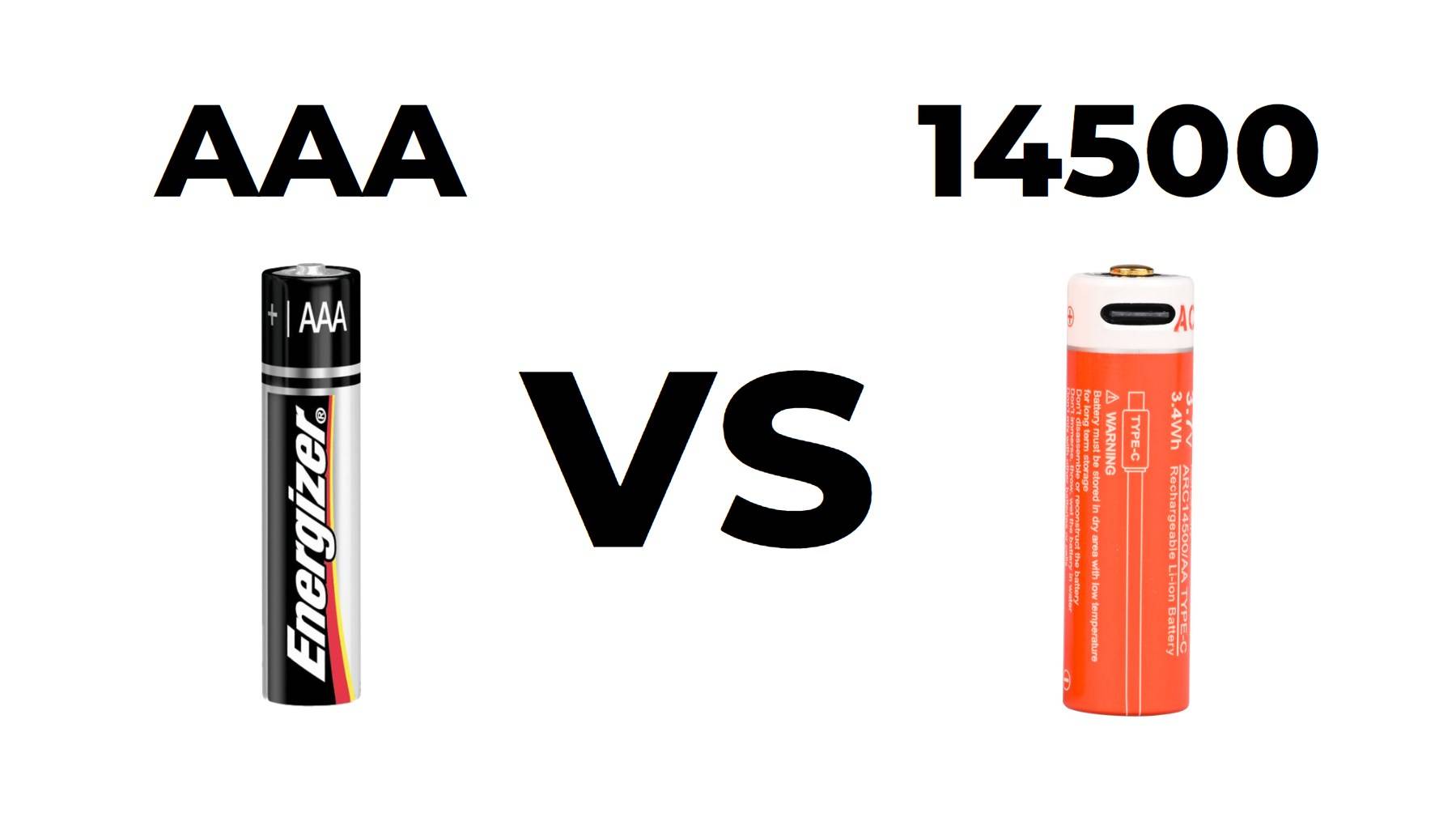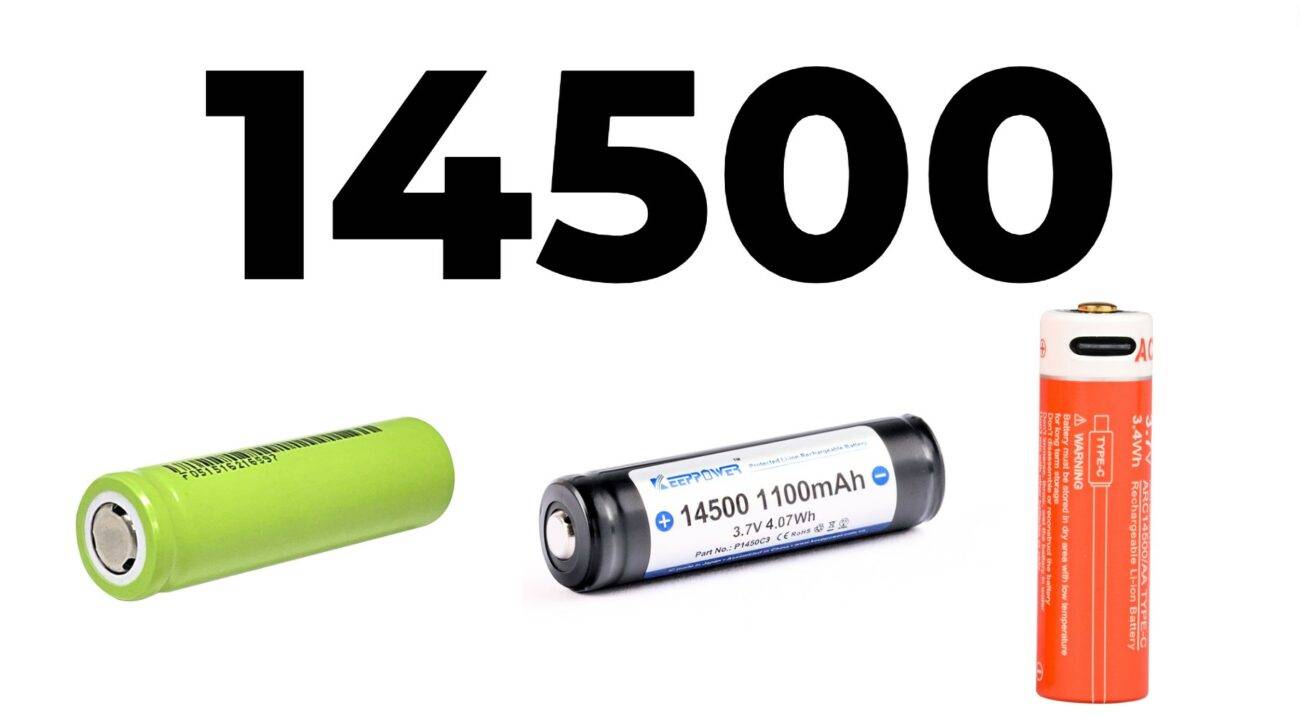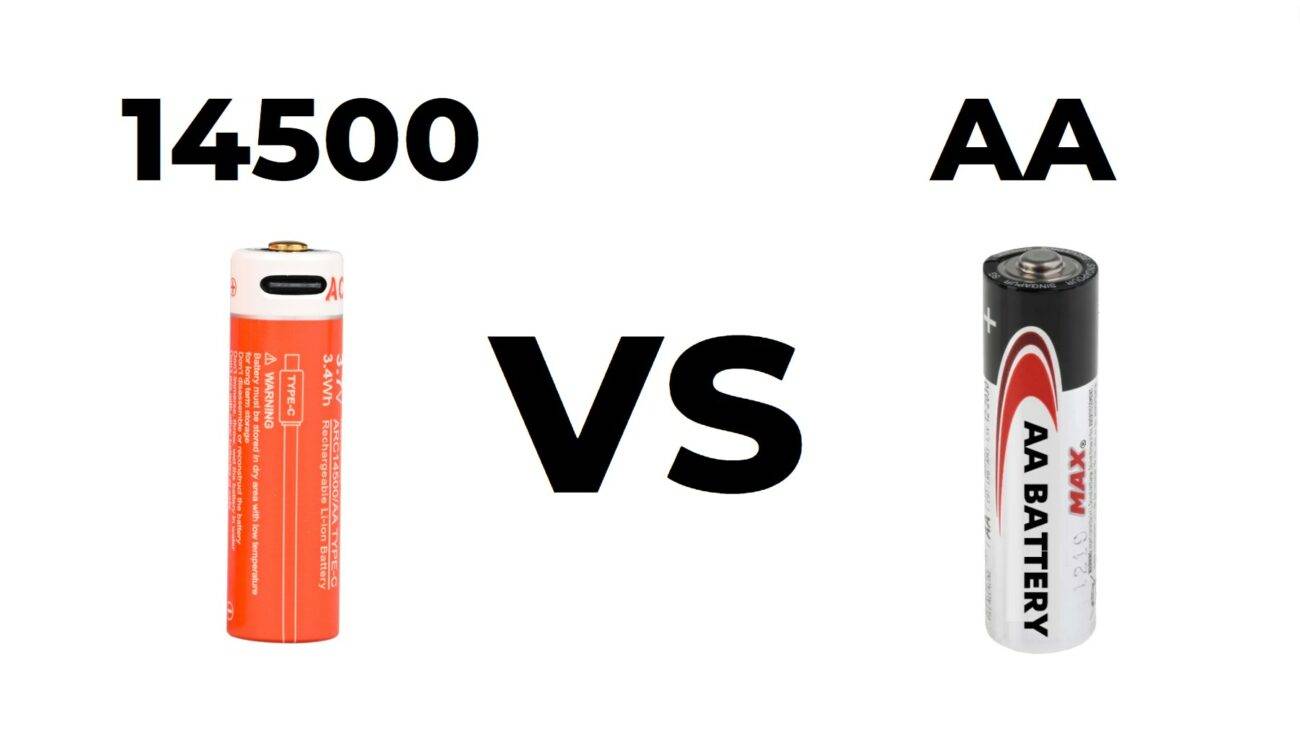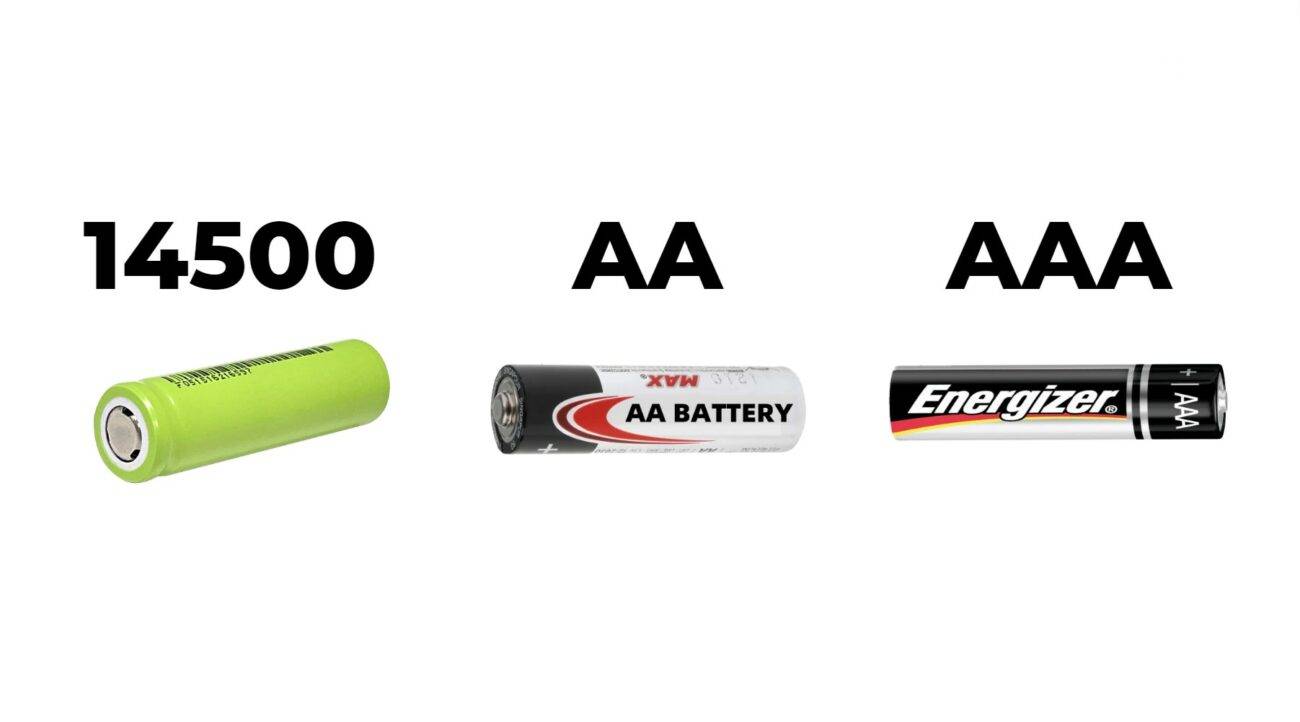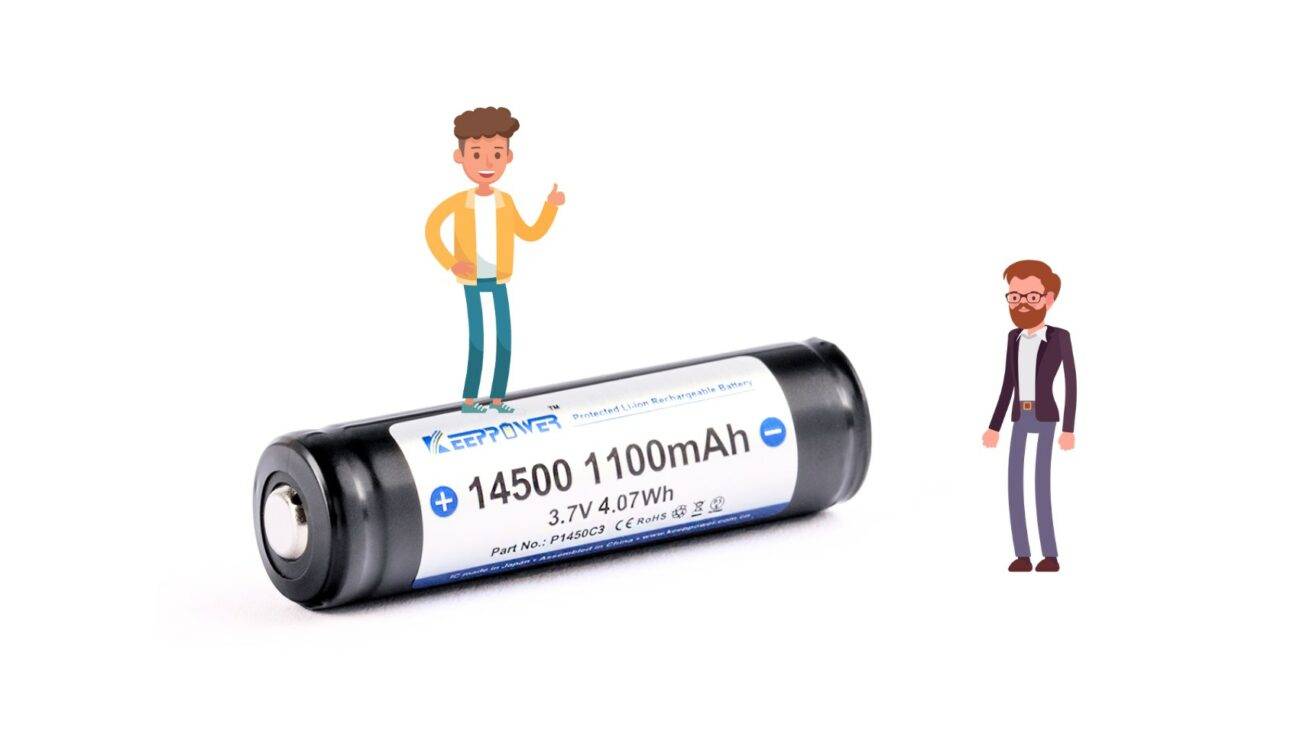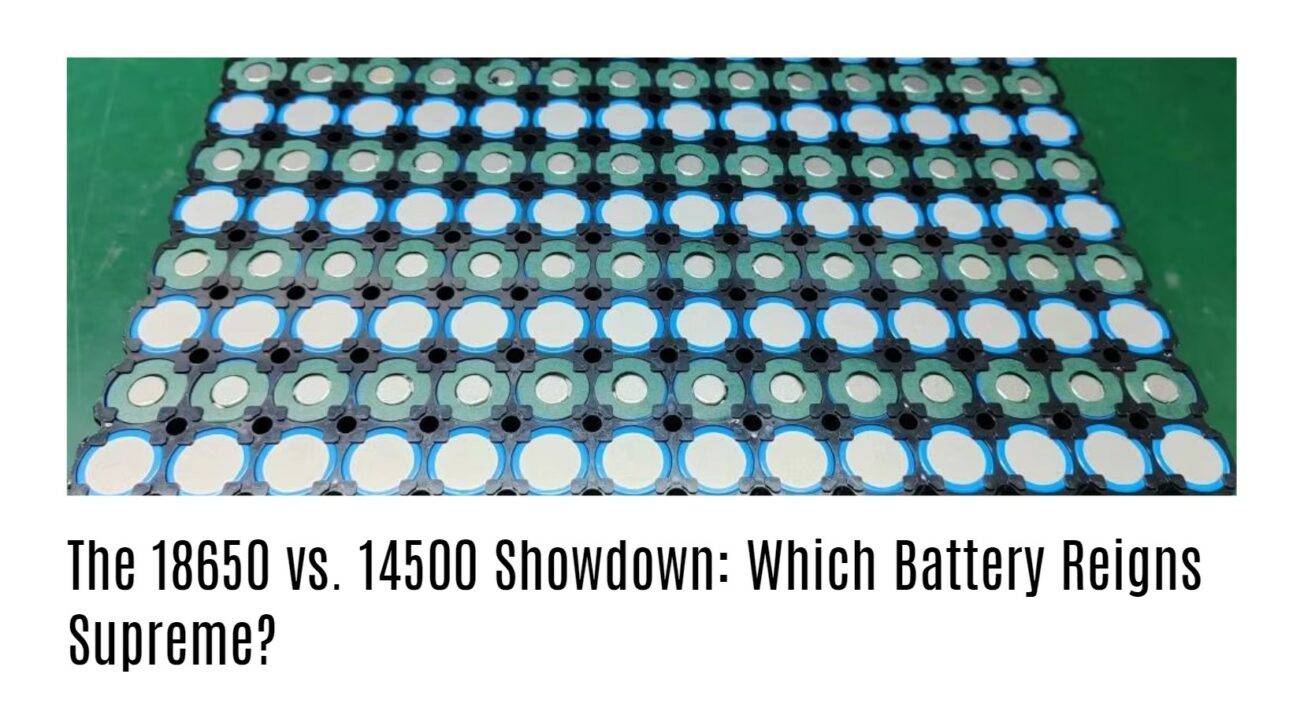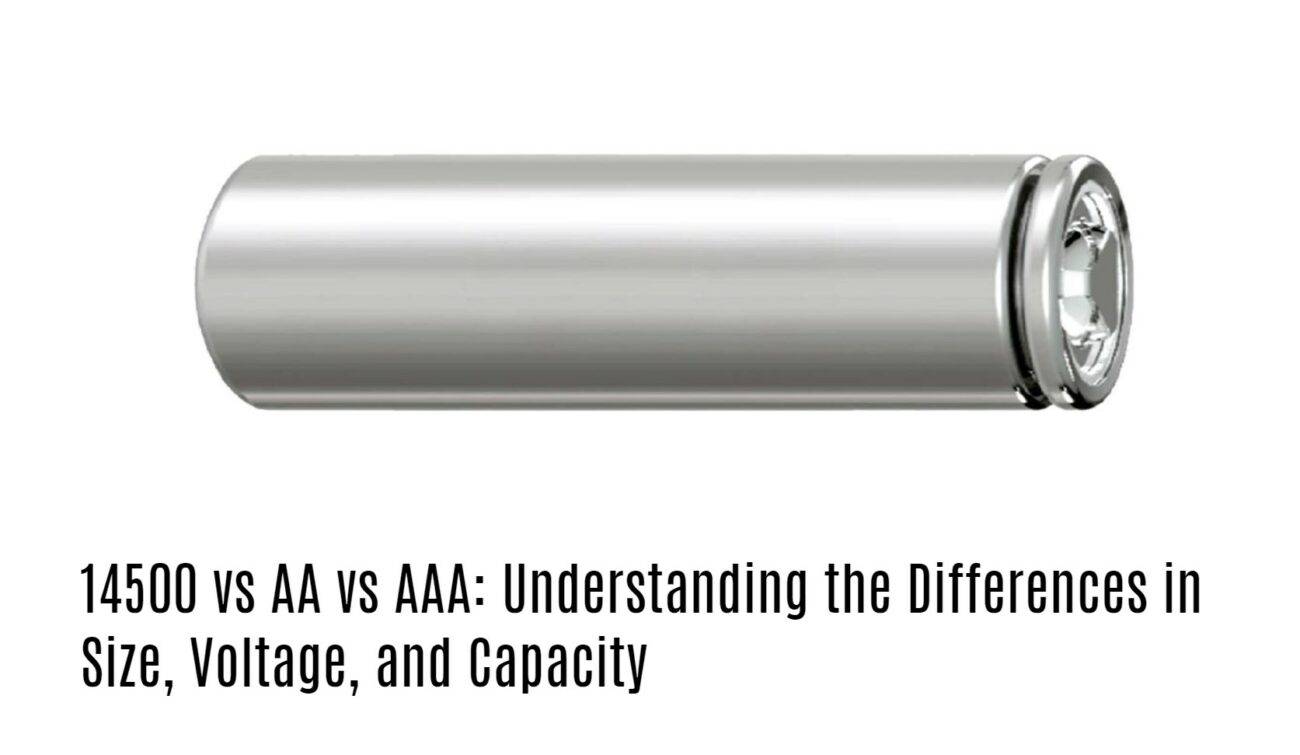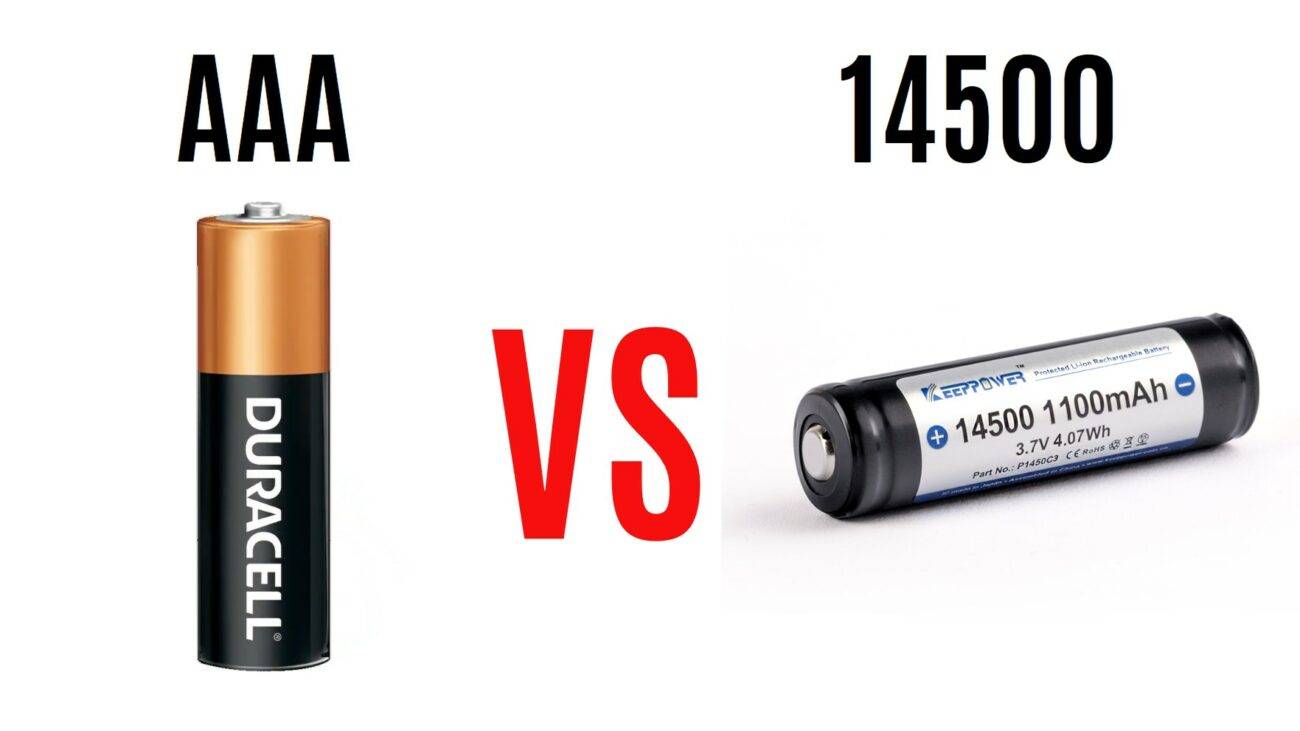AAA batteries and 14500 batteries are both commonly used in various electronic devices, but they differ significantly in specifications, applications, and performance characteristics. Understanding these differences is crucial for selecting the right battery for your needs.
What Are AAA Batteries and Their Specifications?
AAA batteries are cylindrical cells commonly used in household electronics, toys, remote controls, and flashlights. They are typically alkaline or rechargeable nickel-metal hydride (NiMH) batteries.
Key Specifications
- Dimensions: Approximately 10.5 mm in diameter and 44.5 mm in length.
- Nominal Voltage: Alkaline AAA batteries provide about 1.5 volts, while NiMH rechargeable AAA batteries provide around 1.2 volts.
- Capacity: Alkaline batteries typically have a capacity of about 1000 to 1200 mAh, while NiMH batteries can range from 600 to 2400 mAh.
Chart: Specifications of AAA Batteries
| Specification | Value |
|---|---|
| Diameter | 10.5 mm |
| Length | 44.5 mm |
| Nominal Voltage | Alkaline: 1.5V; NiMH: 1.2V |
| Capacity | Alkaline: 1000-1200 mAh; NiMH: 600-2400 mAh |
What Are 14500 Batteries and Their Specifications?
The 14500 battery is a lithium-ion rechargeable battery that resembles the size of a standard AA battery but operates at a higher voltage.
Key Specifications
- Dimensions: Approximately 14 mm in diameter and 50 mm in length.
- Nominal Voltage: About 3.6 to 3.7 volts.
- Capacity: Typically ranges from 600 mAh to over 3000 mAh, depending on the specific chemistry used.
Chart: Specifications of 14500 Batteries
| Specification | Value |
|---|---|
| Diameter | 14 mm |
| Length | 50 mm |
| Nominal Voltage | 3.6V – 3.7V |
| Capacity | 600 mAh – >3000 mAh |
How Do AAA and 14500 Batteries Compare in Terms of Voltage?
The voltage differences between AAA and 14500 batteries are significant:
- AAA Alkaline: Provides approximately 1.5 volts.
- AAA NiMH: Offers around 1.2 volts.
- 14500 Lithium-Ion: Operates at approximately 3.6 to 3.7 volts.
This higher voltage of the 14500 makes it suitable for devices that require more power.
Chart: Voltage Comparison
| Battery Type | Voltage |
|---|---|
| AAA Alkaline | ~1.5V |
| AAA NiMH | ~1.2V |
| 14500 Lithium-Ion | ~3.6V – ~3.7V |
What Are the Key Differences in Size and Capacity?
When comparing size and capacity:
- Size: The AAA battery is smaller than the 14500 battery, which affects compatibility with devices.
- Capacity: The capacity of a typical AAA alkaline battery is lower than that of a standard 14500 lithium-ion battery, which can store significantly more energy.
Chart: Size and Capacity Comparison
| Feature | AAA Battery | 14500 Battery |
|---|---|---|
| Diameter | ~10.5 mm | ~14 mm |
| Length | ~44.5 mm | ~50 mm |
| Capacity | Alkaline: ~1000-1200 mAh | ~600 mAh – >3000 mAh |
What Applications Commonly Use AAA and 14500 Batteries?
Both battery types are used in various applications:
- AAA Batteries:
- Commonly found in remote controls, flashlights, toys, and small electronic devices.
- Widely available as disposable alkaline or rechargeable NiMH options.
- 14500 Batteries:
- Used primarily in high-drain devices such as high-performance flashlights, electronic cigarettes, and some power tools.
- Typically used where higher voltage and capacity are required.
Chart: Applications of Battery Types
| Application | AAA Battery | 14500 Battery |
|---|---|---|
| Remote Controls | Yes | No |
| Flashlights | Yes | Yes |
| Toys | Yes | No |
| Power Tools | No | Yes |
How Do Charging Options Differ Between AAA and 14500 Batteries?
Charging options vary significantly between these two types:
- AAA Rechargeable (NiMH):
- Requires a compatible NiMH charger.
- Can be charged multiple times but has a lower cycle life compared to lithium-ion batteries.
- 14500 Lithium-Ion:
- Requires a lithium-ion charger specifically designed for its chemistry.
- Offers higher cycle life (typically over 500 cycles) compared to NiMH batteries.
Chart: Charging Options Comparison
| Feature | AAA Rechargeable | 14500 Lithium-Ion |
|---|---|---|
| Charger Type | NiMH charger | Lithium-ion charger |
| Cycle Life | Lower (300-500 cycles) | Higher (500+ cycles) |
FAQ: Common Questions About AAA and 14500 Batteries
Q1: Can I use a rechargeable AA battery instead of a lithium-ion battery?
A1: No, AA batteries typically operate at lower voltages (1.2V or less) compared to the higher voltage (3.6V) of a 14500 battery.Q2: Are there any safety concerns with using lithium-ion batteries?
A2: Yes, improper handling or charging can lead to overheating or fires; always use compatible chargers.Q3: Which battery type lasts longer?
A3: Generally, the capacity of a fully charged lithium-ion (14500) will last longer than an alkaline or NiMH AAA battery under similar conditions.
Industrial News: Recent Trends in Battery Technology
Recent trends indicate significant advancements in both lithium-ion technology and rechargeable alkaline batteries. Manufacturers are focusing on improving energy density, safety features, and recycling processes to address environmental concerns associated with battery disposal. Additionally, innovations such as solid-state batteries are being explored as potential successors to traditional lithium-ion cells, promising even greater efficiency for future applications.
Redway Expert Insights
“The choice between AAA and 14500 batteries largely depends on the device requirements,” states Dr. Lisa Reynolds, an expert in energy storage technologies. “As we continue to innovate in battery technology, understanding these differences will help consumers make informed decisions that enhance performance while ensuring safety.”


